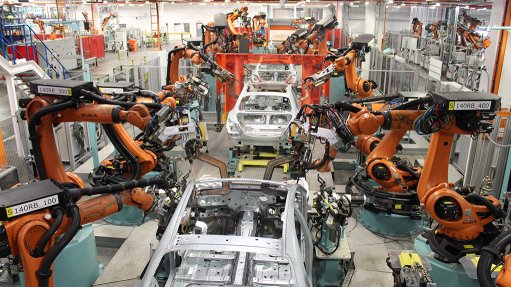
Following record new-vehicle production of 631 983 units in 2019, supported by record vehicle exports, 2020 vehicle production is expected to decline by about 31%, to 435 500 units, says the National Association of Automobile Manufacturers of South Africa (Naamsa) in its newest quarterly business review.
The severe impact of Covid-19 on domestic new-vehicle sales as well as export sales is reflected in the 65.2% decline in vehicle production during the second quarter of the year compared with the second quarter of last year, adds the association.
In addition to this, second quarter new-car sales, at 28 201 units, recorded a decline of 51 814 units, or a 64.8% drop, compared with the 80 015 new cars sold during the corresponding quarter last year.
Commercial vehicle sales, at 16 889 units, similarly recorded a decline of 26 264 units, or 60.9%, compared with the 43 153 units sold during the second quarter of 2019.
The Naamsa report notes that second-quarter domestic new vehicle sales in fact registered the biggest quarterly decline on record – nearly double the decline registered in quarter one, 2009, during the peak of the global financial crisis in 2008/09.
The domestic demand for new vehicles will continue to remain under severe pressure as projected negative economic growth of more than 7% does not bode well for the industry over the medium term, says Naamsa.
The uncertainty around the anticipated impact and extent of Covid-19 also continues to cause planning challenges, with the industry’s reaction and adaptation to market changes remaining an imperative going forward.
“A recovery in the new-vehicle market will depend on how quickly the economy can break out of its low-growth trap and how soon society will recover from the present Covid-19 lockdown,” states the Naamsa report.
“Under normal circumstances, positive factors such as the further 150 basis-point interest rate cut to a near 50-year low during the [second] quarter, dealer incentives and low inflation would all be expected to support the new-vehicle market.
“However, how far these dynamics will move consumers and businesses into new vehicle purchases over the balance of the year remains unclear. The industry is under no illusion that 2020 is going to be a very difficult year that will test its renowned resilience.”